Introduction of AASHTO
Important Point
Although the textural classification of soil is relatively simple, it is based entirely on the particle-size distribution.
The soil classification table and group index formula AASHTO are essential tools in this regard.
The amount and type of clay minerals present in fine-grained soils dictate to a great extent their physical properties.
Hence, the soil engineer must consider plasticity, which results from the presence of clay minerals, to interpret soil characteristics properly.
Because textural classification systems do not take plasticity into account and are not totally indicative of many important soil properties, they are inadequate for most engineering purposes.
Currently, two more elaborate classification systems are commonly used by soil engineers. Both systems take into consideration the particle-size distribution and Atterberg limits.
They are the American Association of State Highway and Transportation Officials (AASHTO full name American Association of State Highway and Transportation Officials) classification system and the Unified Soil Classification System.
The AASHTO classification system is used mostly by state and county highway departments. Geotechnical engineers generally prefer the Unified system.
Also, Read: Unified Soil Classification System Chart
What Is the AASHTO Classification System?
The AASHTO system of soil classification was developed in 1929 as the Public Road Administration classification system.
It has undergone several revisions, with the present version proposed by the Committee on Classification of Materials for Subgrades and Granular Type Roads of the Highway Research Board in 1945 (ASTM designation D-3282; AASHTO method M145).
This practice is carried out to classify soils according to the AASHTO method of classification
Apraters
- Set of U.S. Sieves
- Atterberg Limit Tests Apparatus
Atterberg Limits testing is a group of tests used to define the properties of cohesive soils at different moisture contents. Gilson carries all the equipment needed to perform liquid limit, plastic limit, and shrinkage limit tests in accordance with ASTM D4318 and ASTM D4943 standards, and other associated test methods.
- Weighing Balance
- Drying Oven
Also, read: Introduction of Gantry Girder | Load on Gantry Gutter | Type of Load on Gantry Gutter
Useful Article for You
- What Is Composite Wood
- What Is the Difference Between a Shower Pan and a Shower Base?
- What Is Raft
- What Is a Window Panel
- What Is Rebar Made Of
- What Is Crane
- What Is a Frame Structure
- What Is the Measurement for a Queen Size Bed
- What Is Considered Livable Space
- What Is One Way You Can Save Electricity?
- What Is Mdf Mean
- What Is a Bundle of Shingles
- What Is a Gallon of Water Weigh
- What Is Window Sash
- What Is a Sieve Analysis
- What Is the Little Black Diamond on a Tape Measure
- What Is the Difference Between a Bolt and a Screw?
- What Is Overhang
- What Is Sand Blasting
- What Is a Walk in Basement
- Explain How Oil Paint Is Made. What Is the Vehicle?
- What Is a Span Bridge
- What Is a Soil Stack
- What Is a Louvered Door
AASHTO Classification System Procedures
The AASHTO classification of soil in present use is given in the AASHTO table below. According to this system, the soil is classified into seven major groups: A-1 through A-7.
Soils classified under groups A-1-a, A-1, A-2, and A-3 are granular materials, of which 35% or less of the particles pass through the No. 200 sieve. This is an example of AASHTO soil classification example.
Soils of which more than 35% pass through the No. 200 sieve are classified under groups A-4, A-5, A-6, and A-7. These soils are mostly silt and clay-type materials.
This classification system is based on the following criteria:
#1. Soil size classification and Grain size
a. Gravel: fraction passing the 75-mm (3-inch.) sieve and retained on the No. 10 (2-mm) U.S. sieve
b. Sand: fraction passing the No. 10 (2-mm) U.S. sieve and retained on the No. 200 (0.075-mm) U.S. sieve
c. Silt and clay: fraction passing the No. 200 U.S. sieve
#2. Plasticity index of soil and Plasticity
The term silty is applied when the fine fractions of the soil have a plasticity index of 10 or less. The term clayey is applied when the fine fractions have a plasticity index of 11 or more.
#3. If cobbles and boulders (size larger than 75 mm) are encountered, they are excluded from the portion of the soil sample from which classification is made. However, the percentage of such material is recorded.
Table-1. Classification of Highway Subgrade Materials
a For A-7-5, PI ≤ LL – 30
b For A-7-6, PI ≤ LL – 30
To classify soil according to the below figure, one must apply the test data from left to right. By process of elimination, the first group from the left into which the test data fit is the correct classification.
The below figure shows a plot of the range of the liquid limit and the plasticity index for soils that fall into groups A-2, A-4, A-5, A-6, and A-7.
Also, read: Difference Between Bitumen and Tar | What Is Bitumen | What Is Tar
Useful Article For You
- Types of Doors
- Parapet Wall
- Flight of Stairs
- Sheeps Foot Roller
- Moment Frame
- Edm Instrument
- Monolithic Slab
- Zero Force Members
- How Much Does a Yard of Concrete Weigh
- Live Load Vs Dead Load
- Cmu Wall Meaning
- Gradient Road
- Pile-Cap
- Bond Breaker
- Budget Sunroom Ideas
- What Is Gypsum Board
- Types of Vaulted Ceilings
- Concrete Cold Joint
- Well Points
- Abutment Bridge
- Finishing Plaster
- Spandrel Beam
- How Does Baking Soda Remove Blood from Carpet
- What Are Forms in Construction
- Dry Pack Mortar
- Wall Material
- How Heavy Is Dirt
- Tender Meaning in Architecture
- Dark Olive Green House
- Cast in Place Concrete
- Coarse Grained Soils
Group Index (GI)
To evaluate the quality of a soil as a highway subgrade material, one must also incorporate a number called the AASHTO soil classification chart and group index (GI) with the groups and subgroups of the soil.
This index is written in parentheses after the group or subgroup designation. The group index is given by the equation.
GI = (F 200 – 35).[0.2 +0.005 ( LL – 40)] + 0.01 ( F 200 – 15).(PI -10) ……….(Eq. 1)
Liquid limit
Figure 1. Range of liquid limit and plasticity index for soils in groups A-2, A-4, A-5, A-6, and A-7.
Where
F200 = percentage passing through the No. 200 sieve.
LL = Liquid Limit
PI = Plasticity Index
The first term of Eq. (1)—that is, (F200 – 35)[0.2 + 0.005(LL 40)] is the partial group index determined from the liquid limit.
The second term that is, 0.01(F200 – 15)(PI – 10) is the partial group index determined from the plasticity index.
Rules for Determining the GI
Following are some rules for determining the group index:
- If Eq. (1) yields a negative value for GI, it is taken as 0.
- The group index calculated from Eq. (1) is rounded off to the nearest whole number (for example, GI = 3.4 is rounded off to 3; GI = 3.5 is rounded off to 4).
- There is no upper limit for the group index.
- The group index of soils belonging to groups A-1-a, A-1-b, A-2-4, A-2-5, and A-3 is always 0.
- When calculating the group index for soils that belong to groups A-2-6 and A-2-7, use the partial group index for PI, or
GI = 0.01(F200 – 15) (PI – 10)……….(Eq. 2)
In general, the quality of performance of soil as a subgrade material is inversely proportional to the group index.
Soil Conslotion Download for Click Here
AASHTO Group Index
The AASHTO system uses both grain-size distribution and Atterberg limits data to assign a group classification and a group index to the soil. The group classification ranges from A-1 (best soils) to A-8 (worst soils). Group index values near 0 indicate good soils, while values of 20 or more indicate very poor soils.
AASHTO Soil Classification
The AASHTO Soil Classification System was developed by the American Association of State Highway and Transportation Officials and is used as a guide for the classification of soils and soil-aggregate mixtures for highway construction purposes.
Unified Soil Classification System Example
The final classification of the soil is SC (Clayey sand with gravel)
Example:
Classify the following soil using USCS
% passing sieve # 4 = 100% LL = 55 %
sieve # 200 = 86% PL = 27 %
Solution:
- F200 = 86 % > 50% , therefore the soil is fine grained soil (clay or silt)
- From plasticity chart with LL=55% and PI=28%, the soil is located above the A-line, therefore the group symbol is CH (clay with high plasticity) (inorganic clay) or (fat clay).
Classification of Soil in Civil Engineering
In the Indian Standard Soil Classification System (ISSCS), soils are classified into groups according to size, and the groups are further divided into coarse, medium and fine sub-groups. The grain-size range is used as the basis for grouping soil particles into boulder, cobble, gravel, sand, silt or clay.
Aashto Standard
Technical revisions were made in 28 of the standards since the Thirty-Third Edition, 27 standards were reconfirmed, 3 new standards were added, 1 standard was discontinued, and 4 standards were deleted.
Suggested Read –
- What Is Plaster | Type of Plaster | Defects In Plastering
- How to Draw House Plan Step By Step | Standard Room Sizes
- What Is Pier Foundation | Types of Drilled Piers | Advantages and Disadvantages of Drilled Pier Foundations
- Difference Between Asphalt and Bitumen | What Is Asphalt | What Is Bitumen | Type & Uses of Asphalt & Bitumen
- What Is Structural Settlement | Causes For Structural Settlement | What Is Soil Settlement & Foundation Structural Settlement
Originally posted 2023-09-06 19:25:36.
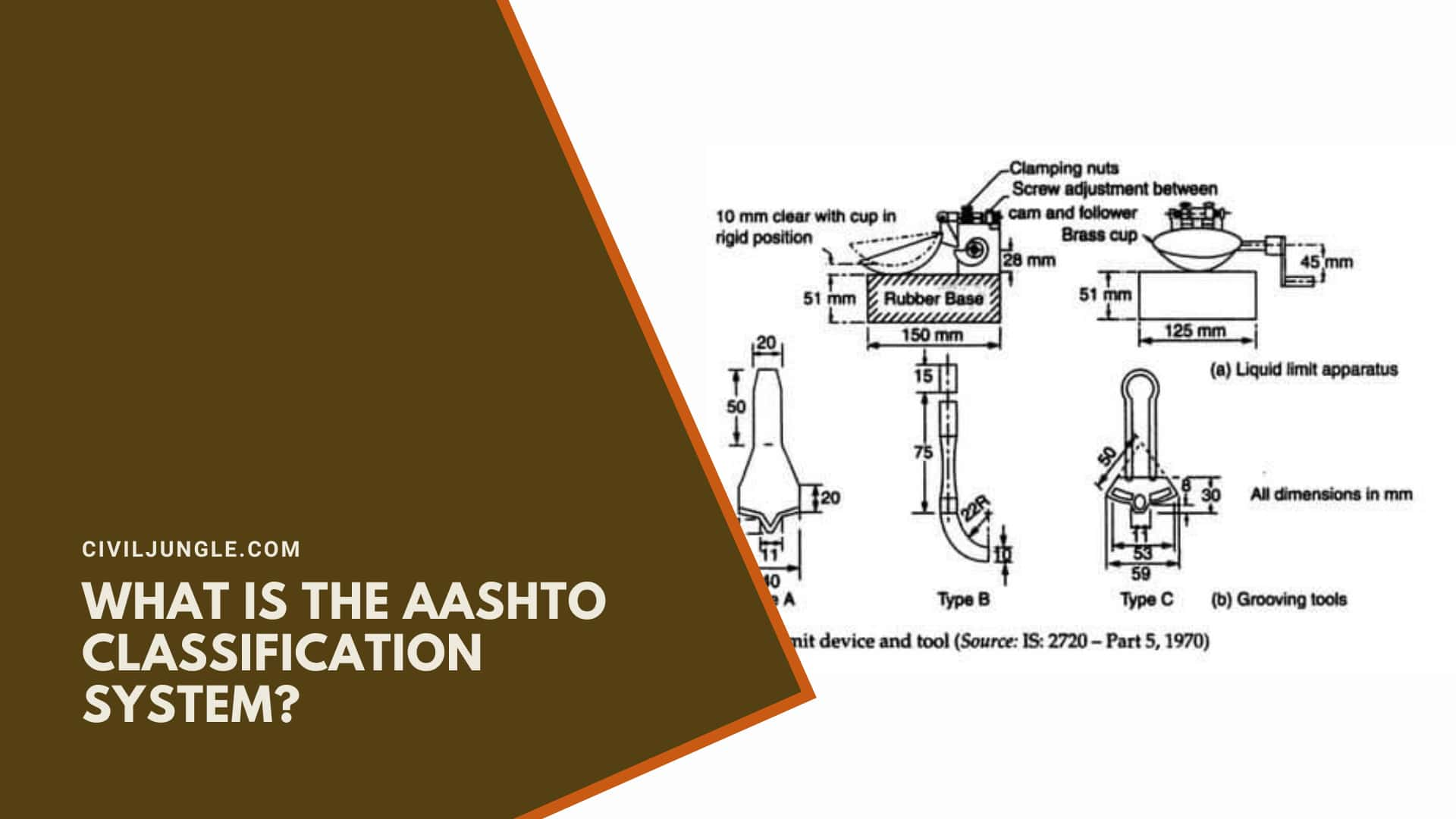
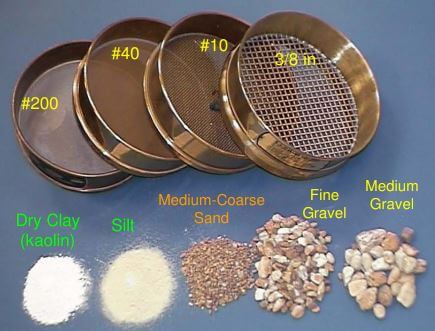
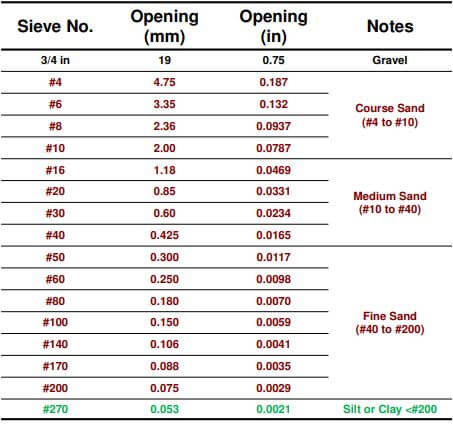
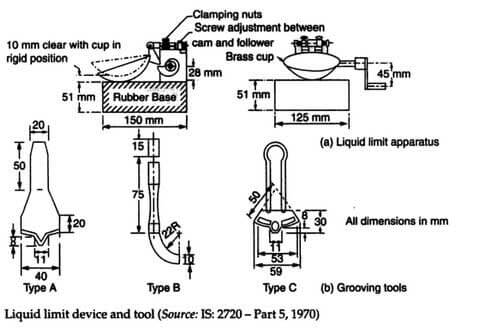
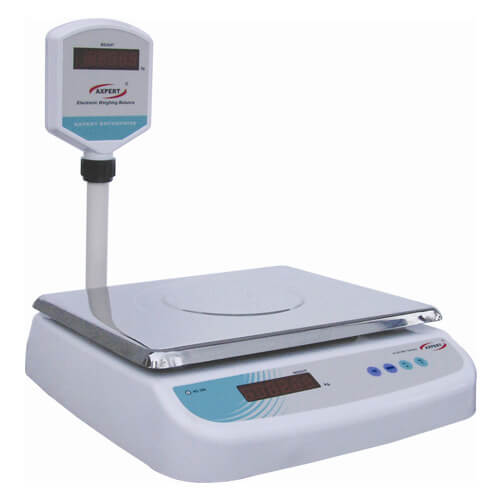
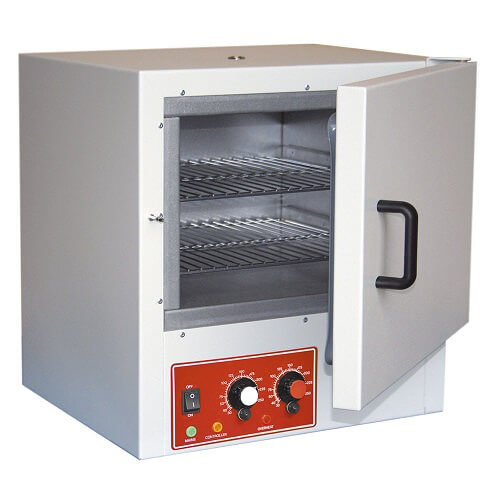



Leave a Reply